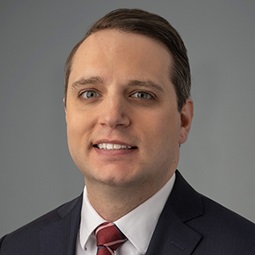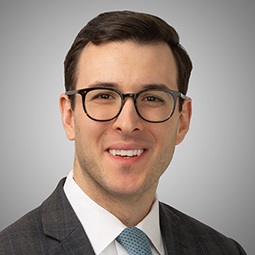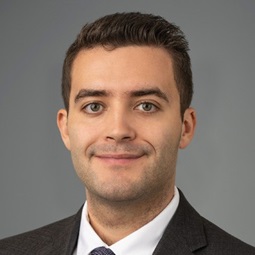Contributed by Aliza Reicher
In a previous post, we wrote about the curious United States Court of Appeals for the Tenth Circuit’s decision in Chizzali v. Gindi (In re Gindi), which upheld a previous Tenth Circuit ruling in Chaussee v. Lyngholm that the automatic stay does not apply to appeals initiated by a debtor. The Gindi court was asked to overrule Lyngholm and was tempted to do so, but ultimately declined, reasoning that the appeal at issue in that case already had been resolved by a state appellate court. Not wanting to create the “discord” that could result if it held that the state appellate court had been barred from hearing the appeal at issue in the first instance, the Tenth Circuit upheld Lyngholm, but (interestingly, enough) cautioned bankruptcy courts not to follow its lead. The Gindi ruling was a classic case of “Do as I say, but not as I do.”
Nine months later, in TW Telecom Holdings, Inc. v. Carolina Internet Ltd., Case No. 11-1068 (10th Cir. Nov. 15, 2011), the Tenth Circuit was finally able to practice what it preached in Gindi. There, debtor Carolina Internet Ltd. filed for chapter 11 protection during the course of its appeal from the entry of a default judgment against it and in favor of TW Telecom Holdings Inc. The question at issue in TW Telecom Holdings, Inc. was whether Carolina Internet could continue to pursue its appeal, even after the filing of its chapter 11 case, or if it was stayed from doing so by virtue of the automatic stay set forth in section 362(a)(1) of the Bankruptcy Code.
Section 362(a)(1) automatically stays actions that are either initiated or continued against a debtor. The Tenth Circuit held that section 362 stays “all appeals in proceedings that were originally brought against the debtor, regardless of whether the debtor is the appellant or appellee” and reversed its prior holdings as articulated in Gindi, Lyngholm, and other similar decisions. It also held that whether a litigation is subject to the automatic stay must be determined at its inception – not at the stage the litigation happens to be in when the debtor seeks bankruptcy protection. In reaching its conclusion (and reversing its prior rulings), the Tenth Circuit relied on three factors. First, as it did in Gindi, the Tenth Circuit acknowledged that most other circuits interpreted section 362(a)(1) of the Bankruptcy Code to apply the automatic stay to appellate proceedings where the debtor has filed the appeal from a judgment entered into a suit against the debtor. Second, the Tenth Circuit recognized that its former holding in In re Lyngholm relied on reasoning found in an earlier edition of a treatise, Collier on Bankruptcy, that had later been expressly rejected in a subsequent edition of the same treatise. Finally, the TW Telecom court noted that the holding in Lyngholm, which interpreted Bankruptcy Rule 6009 to trump section 362(a)(1) in certain instances, was inappropriate, and observed that Bankruptcy Rule 6009 does not take precedence over the automatic stay.
As a result, the Tenth Circuit’s view is now in line with at least nine other circuit courts to hold that section 362(a)(1) stays all appeals in proceedings that were originally brought against the debtor (regardless of who initiates the appeal). More importantly, bankruptcy courts in the Tenth Circuit now have a significantly more user-friendly roadmap than they previously did, as the Tenth Circuit’s actions are now aligned with its words.
Printed from
Weil Restructuring Blog

|
|
|
Do As I Say AND As I Do: The Tenth Circuit Reverses Its Long-Standing Holding That the Automatic Stay Does Not Apply to Appeals Initiated by a Debtor
Copyright © 2024 Weil, Gotshal & Manges LLP, All Rights Reserved. The contents of this website may contain attorney advertising under the laws of various states. Prior results do not guarantee a similar outcome. Weil, Gotshal & Manges LLP is headquartered in New York and has office locations in Boston, Brussels, Dallas, Frankfurt, Hong Kong, Houston, London, Los Angeles, Miami, Munich, New York, Paris, Silicon Valley and Washington, D.C.
|












